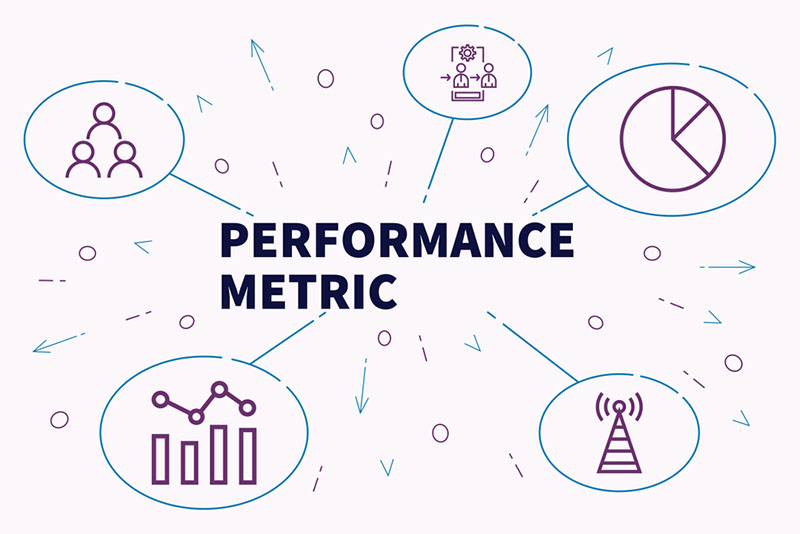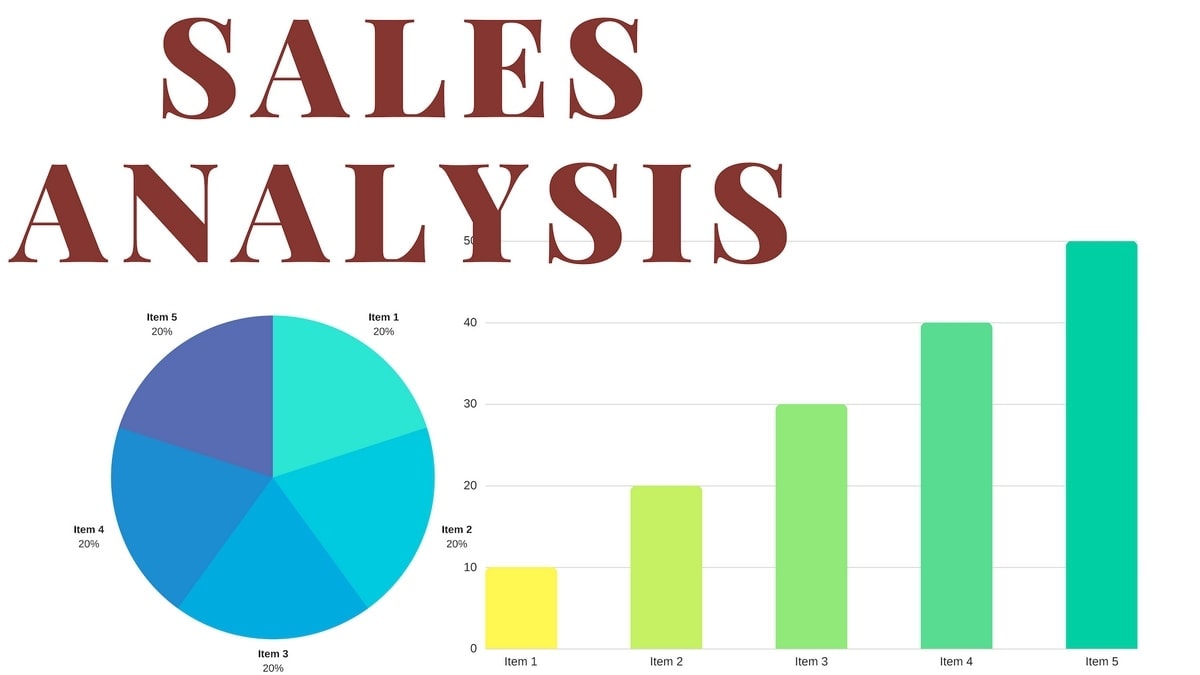Understanding your sales performance is no longer a guessing game – it’s a strategic imperative. In today’s competitive landscape, accurately tracking and analyzing your sales data is crucial for identifying trends, optimizing strategies, and ultimately, boosting revenue. This article will delve into the intricacies of sales performance analysis, providing you with the tools and knowledge to gain actionable insights. Sales performance analysis is more than just looking at numbers; it’s about understanding why your sales are happening (or not happening) and proactively adjusting your approach. It’s about moving beyond reactive measures to a data-driven, predictive model. Let’s explore how to effectively implement and interpret sales performance analysis.

The Importance of Sales Performance Analysis

The benefits of a robust sales performance analysis are far-reaching. It’s not simply about reporting on individual sales figures; it’s about understanding the entire sales cycle – from lead generation to customer retention – and identifying bottlenecks and opportunities for improvement. Without a clear understanding of where your sales are coming from, where they’re failing, and what’s driving success, you’re essentially flying blind. Sales performance analysis provides the necessary clarity to make informed decisions and allocate resources effectively. Companies that consistently improve their sales performance are more likely to achieve sustainable growth and profitability. Furthermore, it allows for better forecasting, enabling businesses to anticipate future demand and plan accordingly. Ignoring this critical aspect can lead to missed opportunities and ultimately, diminished returns.

Key Metrics for Sales Performance Analysis
Several key metrics provide a comprehensive view of your sales performance. Choosing the right metrics depends on your specific business model and goals. Here are some of the most important:

- Lead Conversion Rate: This metric measures the percentage of leads that convert into paying customers. A low conversion rate indicates a problem with your sales process – perhaps your sales team isn’t effectively engaging with prospects, or your website isn’t attracting qualified leads. Analyzing this metric reveals where you’re losing potential customers.
- Sales Cycle Length: The time it takes to convert a lead into a sale. Shorter sales cycles generally indicate a more efficient sales process. Analyzing this metric helps identify areas where you can streamline your sales workflow.
- Average Deal Size: The average value of each closed deal. Increasing average deal size can significantly boost revenue. Understanding this metric helps you identify opportunities to upsell or cross-sell.
- Customer Acquisition Cost (CAC): The total cost of acquiring a new customer. A high CAC can indicate inefficient marketing or sales efforts. Tracking CAC allows you to optimize your marketing spend and prioritize the most cost-effective channels.
- Customer Lifetime Value (CLTV): Predicts the total revenue a customer will generate throughout their relationship with your business. Understanding CLTV helps you prioritize customer retention and maximize long-term profitability.
- Sales Revenue by Channel: Analyzing sales performance by different sales channels (e.g., online, retail, wholesale) reveals which channels are most effective and allows for targeted investment.
Diving Deeper: Analyzing Sales Data with Tools
Fortunately, a wealth of tools are available to facilitate effective sales performance analysis. These tools go beyond simple spreadsheets and offer powerful insights.

- CRM Systems (e.g., Salesforce, HubSpot): CRM systems are essential for tracking leads, managing customer interactions, and analyzing sales data. They provide a centralized view of your sales pipeline and allow you to identify trends and patterns.
- Sales Analytics Platforms (e.g., Tableau, Power BI): These platforms offer advanced visualization and reporting capabilities, enabling you to explore your data in detail and identify key insights. They can connect to various data sources, including CRM systems, marketing automation platforms, and website analytics.
- Spreadsheets (e.g., Excel, Google Sheets): While not as sophisticated as dedicated analytics platforms, spreadsheets can still be useful for basic data analysis and reporting. However, it’s important to maintain data integrity and consistency.
- Marketing Automation Tools (e.g., Marketo, Pardot): These tools provide valuable insights into lead behavior and engagement, allowing you to optimize your marketing campaigns and improve lead quality.
Identifying Trends and Patterns in Sales Data
Effective sales performance analysis isn’t just about looking at numbers; it’s about identifying trends and patterns. Here are some techniques for uncovering valuable insights:

- Cohort Analysis: Grouping customers based on when they were acquired and analyzing their behavior over time. This helps identify trends in customer retention and lifetime value.
- Segmentation: Dividing your customer base into smaller groups based on demographics, behavior, or other characteristics. This allows you to tailor your sales and marketing efforts to specific segments.
- Funnel Analysis: Mapping out the steps a lead takes from initial contact to a sale. Identifying bottlenecks in the funnel can help you improve the sales process.
- Time Series Analysis: Examining sales data over time to identify seasonality, trends, and anomalies. This is particularly useful for businesses with predictable sales cycles.
- Correlation Analysis: Examining the relationship between different variables to identify potential drivers of sales performance.
Optimizing Sales Strategies Based on Analysis
The insights gained from sales performance analysis should be used to optimize your sales strategies. Here are some examples:

- Improve Lead Qualification: Identify which leads are most likely to convert and focus your sales efforts on those prospects.
- Refine Sales Processes: Streamline your sales process to reduce time-to-close and improve conversion rates.
- Targeted Marketing Campaigns: Tailor your marketing campaigns to specific customer segments based on their needs and interests.
- Upselling and Cross-selling: Identify opportunities to upsell or cross-sell existing customers.
- Customer Retention: Implement strategies to improve customer retention and reduce churn.
The Role of Data Privacy and Ethics
It’s crucial to approach sales performance analysis with a strong focus on data privacy and ethical considerations. Always comply with relevant data protection regulations (e.g., GDPR, CCPA) and ensure that you are using data responsibly. Transparency with customers about how their data is being used is also essential. Sales performance analysis should always be conducted with a commitment to protecting customer privacy and building trust.

Conclusion: Leveraging Sales Performance Analysis for Growth
Sales performance analysis is no longer a luxury; it’s a necessity for businesses that want to thrive in today’s competitive market. By implementing the right metrics, utilizing appropriate tools, and consistently analyzing your data, you can gain a deep understanding of your sales performance and make informed decisions that drive growth. Sales performance analysis empowers you to move beyond reactive measures and embrace a data-driven, predictive approach to sales. Investing in this process yields significant returns, leading to increased revenue, improved customer satisfaction, and a stronger competitive position. Don’t let your sales fall behind – embrace the power of data to unlock your business’s full potential. Continuous monitoring and refinement of your sales strategy based on ongoing analysis are key to long-term success.
